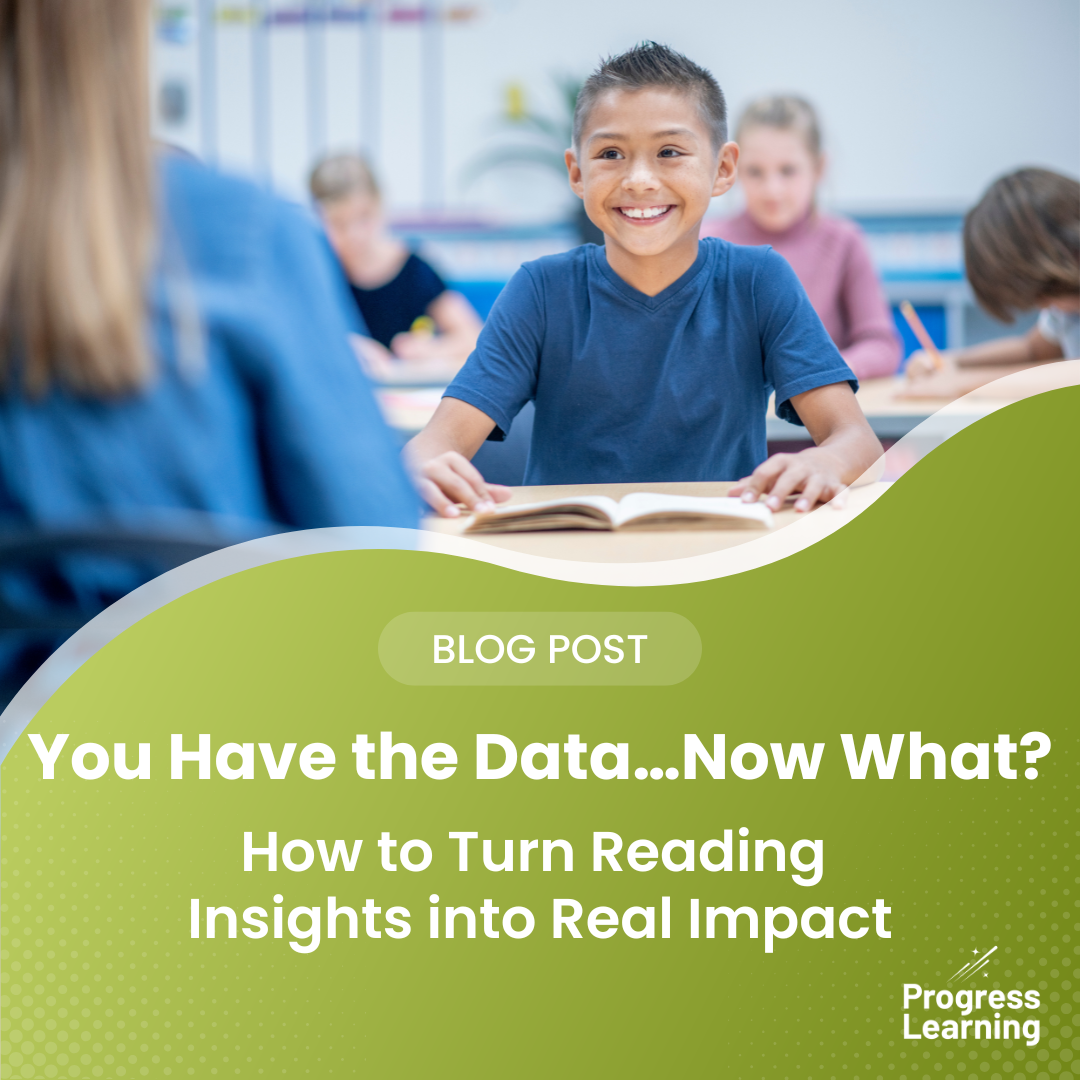Beyond the Lecture: How Synthesis Boards Drive Student Engagement and Accountability
In today’s science classrooms, engagement isn’t just a buzzword—it’s the difference between students memorizing facts and truly understanding the world around them. That’s why educators like Dr. Suneetha Panda, Science Department Chair at Central High School in Bibb County School District, are rethinking traditional instruction. In a recent Progress Learning webinar, “How Synthesis Boards Drive Student Engagement and Accountability,” Dr. Panda walked us through her powerful strategy for deeper learning: synthesis boards.
What Is a Synthesis Board?
Synthesis boards are dynamic visual tools that help students organize and connect their thinking around scientific phenomena. Each board features four student-generated categories:
Observations:
What do you see, hear, or notice?
This category captures students’ initial impressions based on the presented phenomenon—whether it’s a video, photo, diagram, or live demonstration. These observations are purely descriptive and grounded in the senses.
Questions:
What are you curious about? What do you not understand?
Here, students record the questions that arise from their observations. These questions often drive inquiry and help teachers understand student misconceptions or interests.
Evidence:
What supports or explains your observations?
This category includes data, prior knowledge, or classroom resources that help explain what’s happening in the phenomenon. It might be data from an experiment, information from a text, or conclusions from a previous lesson.
Scientific Ideas:
What concepts or principles explain this phenomenon?
In this final category, students connect the evidence to formal scientific concepts, terms, or theories. This is where they bridge the gap between hands-on inquiry and academic learning.

This structure encourages learners to shift from passive note-taking to active meaning-making. As Dr. Panda explained, synthesis boards are “a student-driven platform for building understanding from phenomena.” Rather than being told what to learn, students construct knowledge collaboratively, grounded in their own curiosity and observations.
From Phenomenon to Understanding
To illustrate, Dr. Panda described a lesson using the metaphor of a seed growing into a tree. Students watched a short video, then used sticky notes to jot down what they noticed and wondered. As the lesson progressed, they revisited their notes—moving them between categories, adding scientific evidence, and linking ideas.
“Seeing how their thinking evolves visually is powerful,” Dr. Panda said. “They begin to make clearer connections between what they observe and the scientific principles that explain it.”
A Tool for Equity and Accountability
Synthesis boards also democratize classroom conversation. Every student contributes, and every idea has a place. “You get participation from all students—not just the ones who usually raise their hands,” Dr. Panda shared. The visual and collaborative nature of the board helps students build confidence and take ownership of their learning journey.
In addition to fostering engagement, synthesis boards serve as a real-time formative assessment. Teachers can observe misconceptions, track individual progress, and adjust instruction accordingly. “It’s a great way to hold students accountable without traditional testing,” she noted.
The Teacher’s Evolving Role
Dr. Panda emphasized that teachers act as facilitators—not lecturers. By asking probing questions and modeling how to refine ideas, educators help students deepen their understanding without giving away answers. “You’re guiding their thinking rather than delivering content,” she explained. “It makes the learning experience more authentic and meaningful.”
Why This Matters
Synthesis boards align perfectly with the demands of inquiry-based, standards-aligned science instruction. They promote critical thinking, student dialogue, and real-world connections—all while giving teachers actionable insights into student learning. For schools focused on engagement, ownership, and accountability, they offer a practical, high-impact strategy.
Interested in how Progress Learning supports schools with tools like synthesis boards, formative assessments, and standards-aligned content written by educators? Get a demo below to learn more about our platform and how we’re helping districts create more meaningful, student-centered learning experiences.


